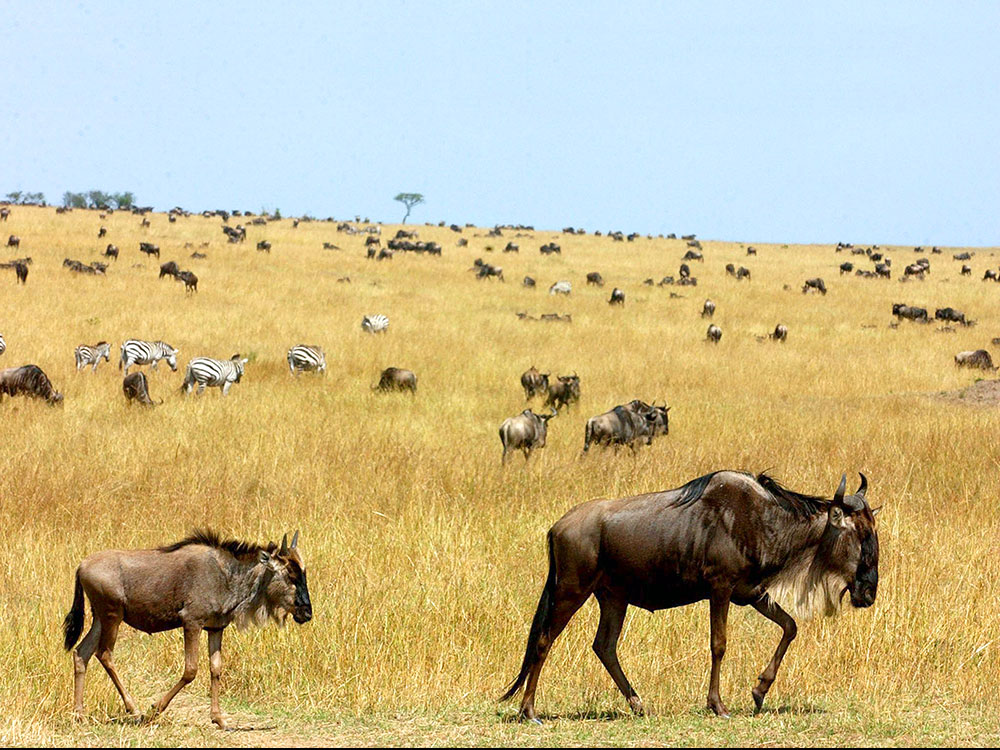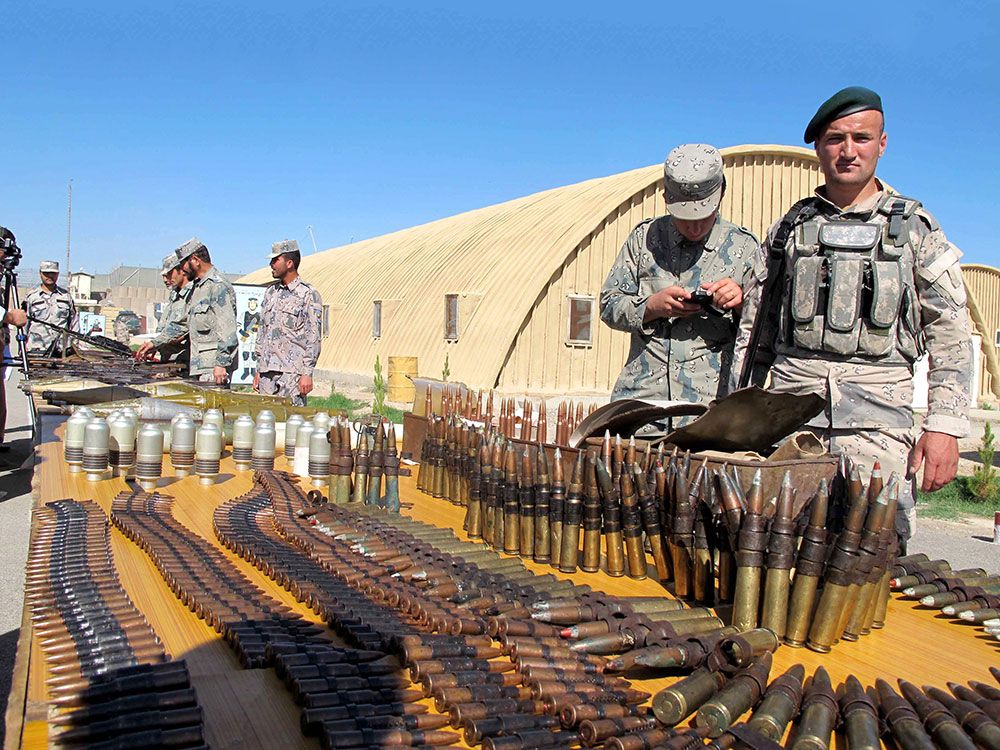As a wife of a rice farmer and mother of two children aged nine and two, Sanjeevani Bandara’s days are packed with chores. Yet while she used to be able to keep up with all she has to do in a day, this Sri Lankan mother now finds herself struggling to accomplish even the most basic tasks. Blame it on the weather, which has been causing water shortages that force Bandara to spend more and more time fetching water for her family, farther away from home.
While the volume of annual rainfall in Sri Lanka has not changed, agriculture specialist Champa Navaratna says that weather patterns are changing to high-intensity rains for short periods, causing floods and landslides, and long periods of drought resulting in water problems. A water crisis has a grim impact on this South Asian country’s women, whose long list of household chores includes securing and managing the family’s water supply. In rural areas, that can include ensuring a steady source for the family’s crops.
Water expert Kusum Athukorala, chairwoman of the Colombo-based Network of Women Water Professionals (NetWater), even says that the impact of scarce water resources on women is at the heart of the water issue. A shortage, she says, “makes their life harder and more so because they are not part of the decision-making process.”
Bandara, for instance, says that wells in her village in Kurunegala, in Sri Lanka’s north central region, have been running dry far too often. She has thus been forced to pedal a bike more than two kilometers for water, carrying it gingerly back in an earthen pot each time. “I have to go about six times a day to collect water for the family,” she says, adding that she leaves her two-year-old with her husband or a friend whenever she has to fetch more water.
Others have to walk
Activists say Bandara can still consider herself lucky because at least she can load her pots of water onto a bicycle. Many other women walk the distance from home to the water source and back. By comparison, says Lanka Rainwater Harvesting Forum director, Thanuja Ariyananda, “men transport it on trucks or motorcycles.” Just about 35% of Sri Lanka’s 20 million people receive pipe-borne water provided by a state agency. The rest get their supply from wells, rivers or streams. Water for agriculture, mainly rice farming, is provided through a system of canals and channeled from rivers or streams.
Securing a steady supply of water has thus been a perennial problem for most Sri Lankan households, but the situation has become more desperate of late. Many Sri Lankans now sound like Jeevani Fernando, a grassroots environmentalist from Negombo, about 30 km north of Colombo on the west coast, who says there is a shortage of water in several areas in her locality. “Rivers are running dry and pipe-borne water to most homes is reduced to two or three hours a day,” she says. “As a result, women face more problems as lack of water affects their care for their school-going children – their food, studies and clothes.”
Experts say that the storage capacity of reservoirs that provide much of the pipe-borne water is limited and cannot take the full complement of high-intensity rains. This results in a run-off into the ocean, which also occurs due to floods. “There is also a problem of siltation in the reservoir, which then further reduces its capacity,” adds Navaratna.
Stopgap solutions
It has not helped that the country’s planners have been slow to respond to the crisis. For some time now, they have been discussing enhancing rain-harvesting schemes, but that is as far as they have gone. At the same time, Athukorala notes that discussions on water issues by local authorities or other agencies barely include women and their concerns. “Everyone takes water for granted, even female parliamentarians,” she says. “Their response to access to water is to provide pipe-borne water without realizing that water resources are gradually getting scarce.”
The task of picking up the slack in policy and action has been taken up by non-government organizations. The Lanka Rainwater Harvesting Forum, for instance, has tried to ease the women’s water burden by donating, to selected areas, pumpkin-type ferro-cement tanks that are placed above or below the ground. The rainwater filters into these 5,000-liter tanks from the roof during the rainy season and can be used sparingly for about 50 days during the dry season. So far, groups like the Forum have donated a total of 35,000 rainwater tanks. These, however, are mere stopgap solutions that serve a very limited population at best. In the meantime, the water crisis seems to be getting more complex.
Forum Director Thanuja Ariyananda, for one, says that the quality of water has become an issue as well. She cites the high mineral content in water in northern-central and eastern parts of Sri Lanka, which she says causes “the teeth of children to get discolored, and over a prolonged process, the bones get brittle.” Farmer’s wife Bandara, in fact, says that is also why she has had to go farther to fetch water – the water in their well has a high fluoride content.
Fernando in Magombo, for her part, complains of brackish water in the wells in her district. “That puts a tremendous responsibility on the women in the household to ensure clean drinking water and hygiene,” she says. Then there is the dumping of solid waste and garbage in rivers, streams, lakes and waterways. So is depleting groundwater resources in cities as the few existing wells are contaminated and polluted due to their close proximity to septic tanks.
Says Athukorala: “There is an urgent need to protect wells and recharge wells in the city – even for other uses like washing and toilets, because pipe-borne water resources would be a problem in the future. Here, hygiene and health becomes a more serious issue and that load again is handled by women.”
www.ipsnews.net










